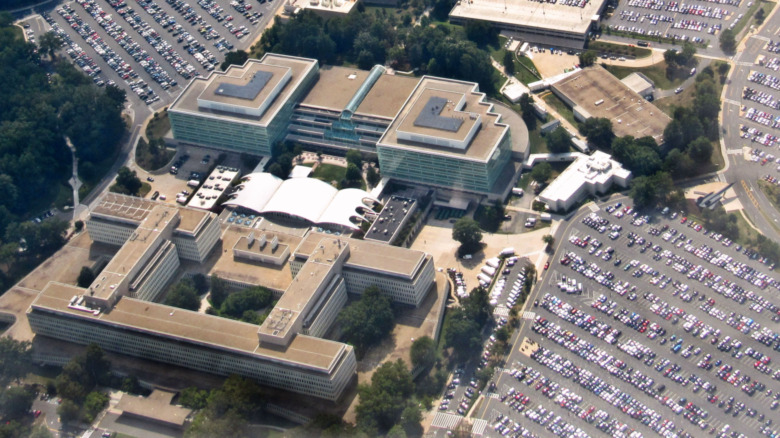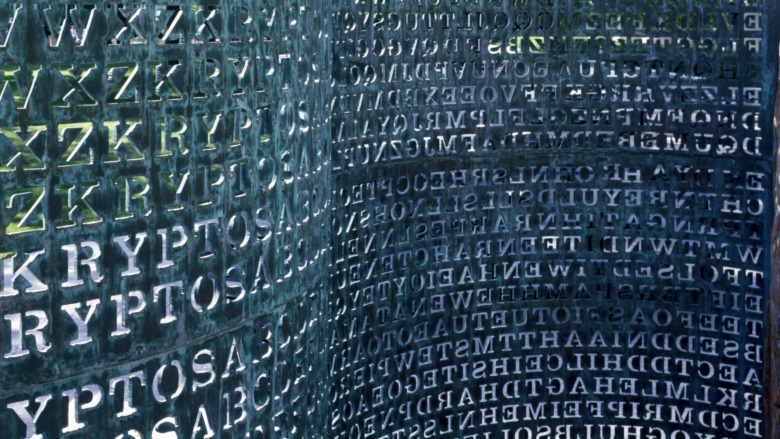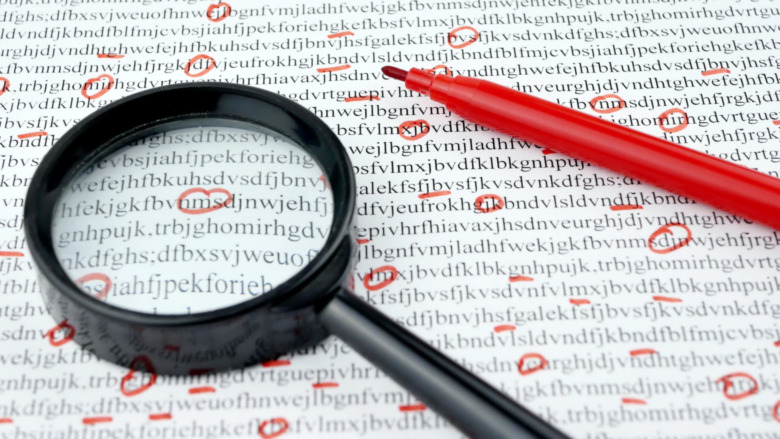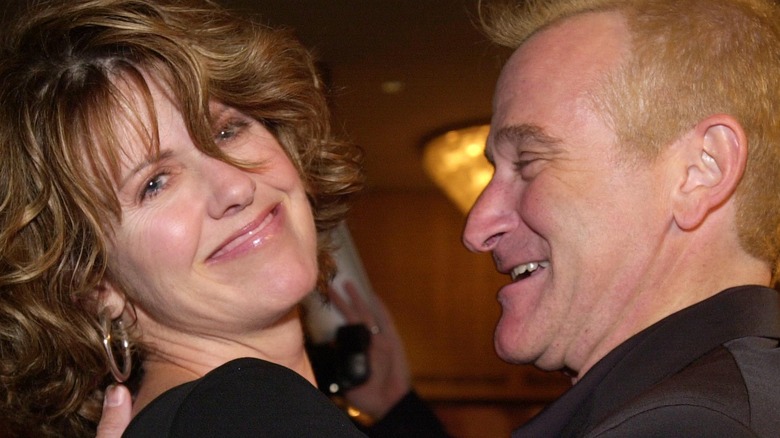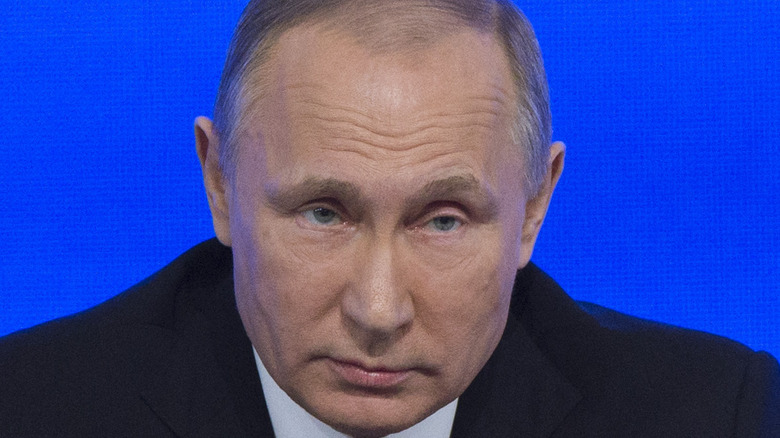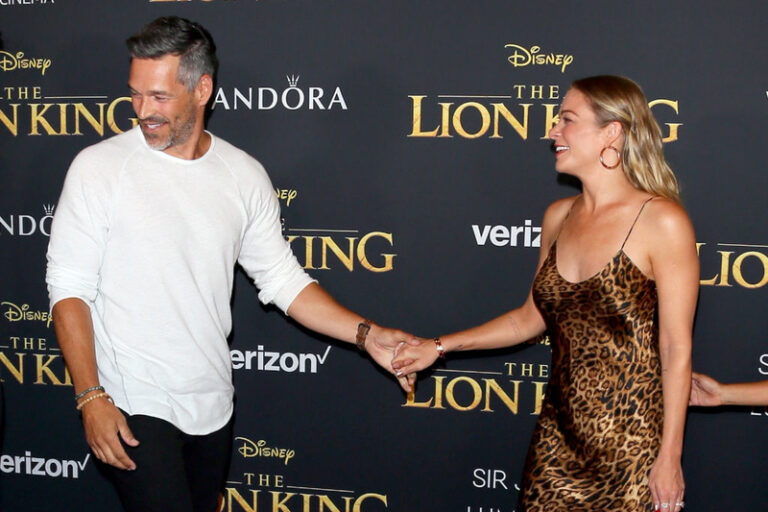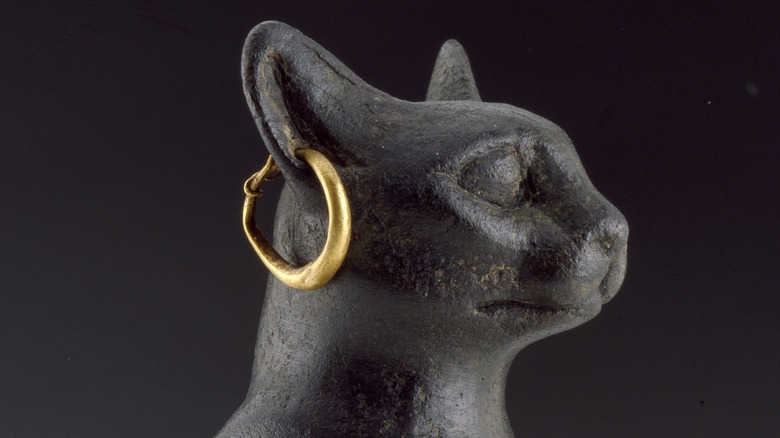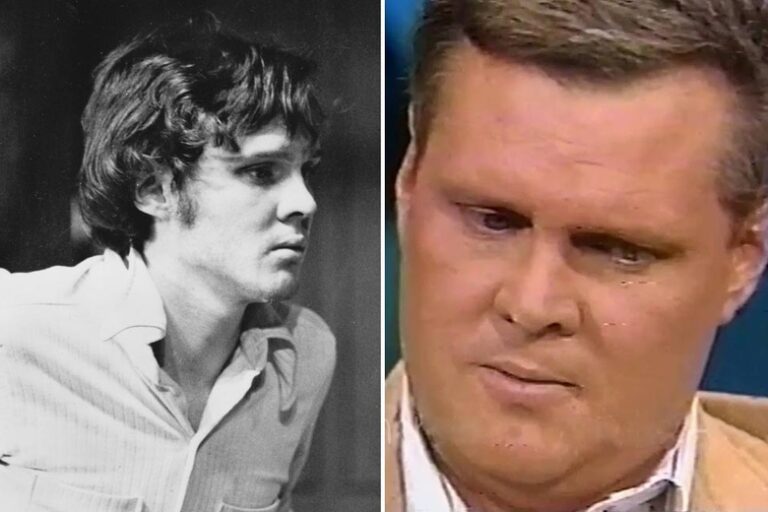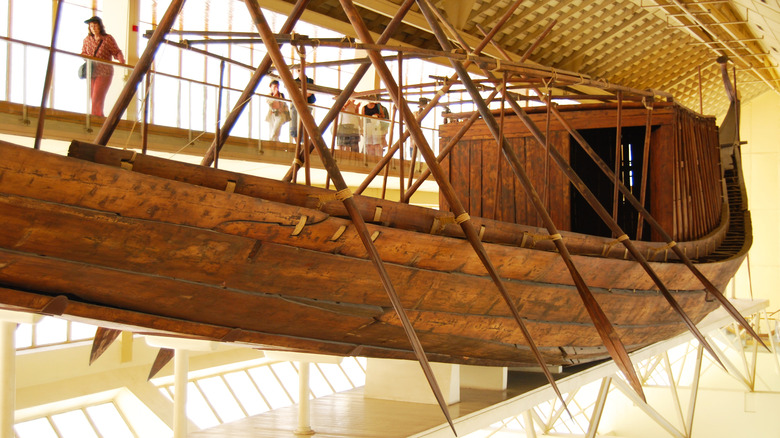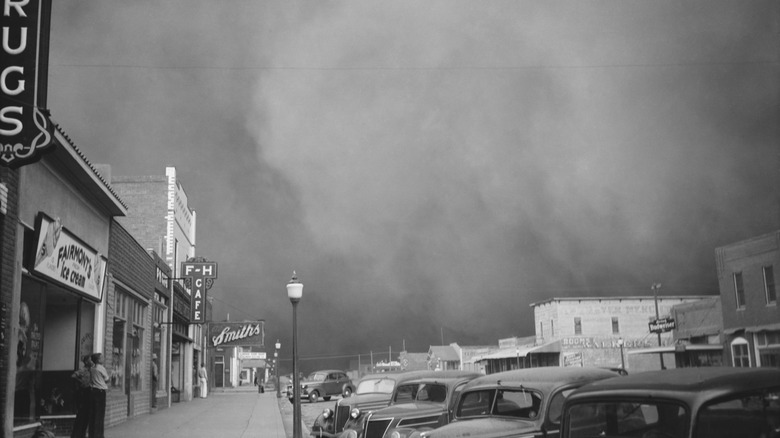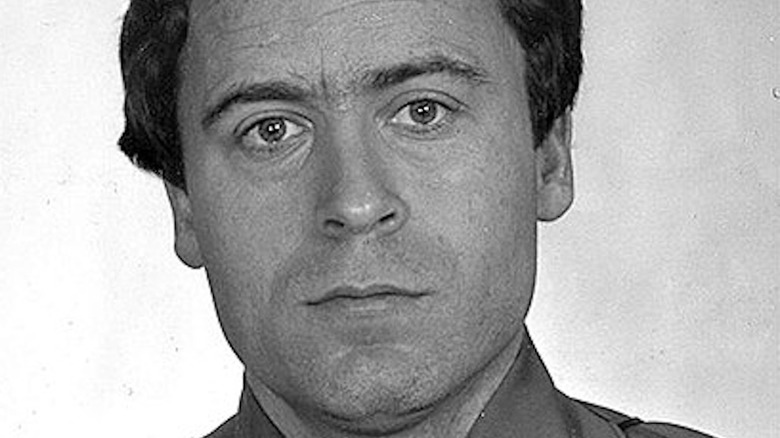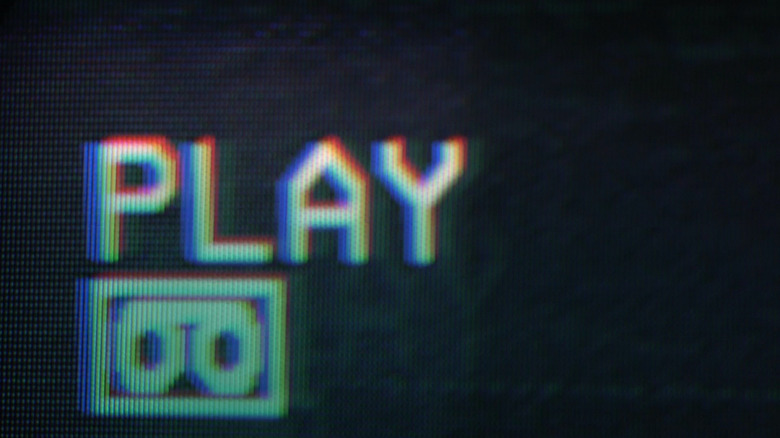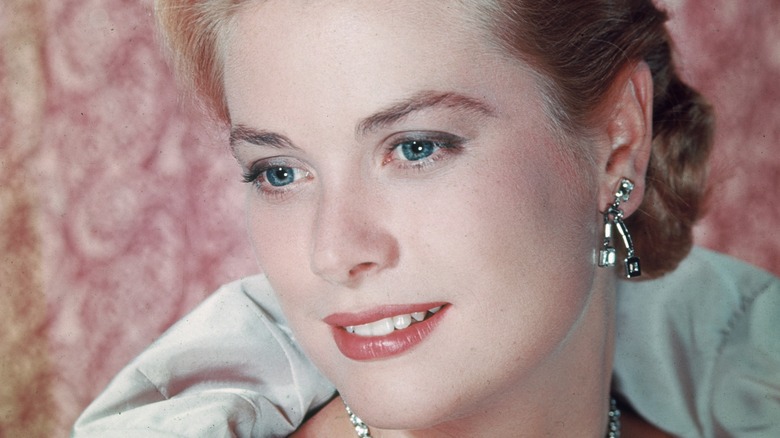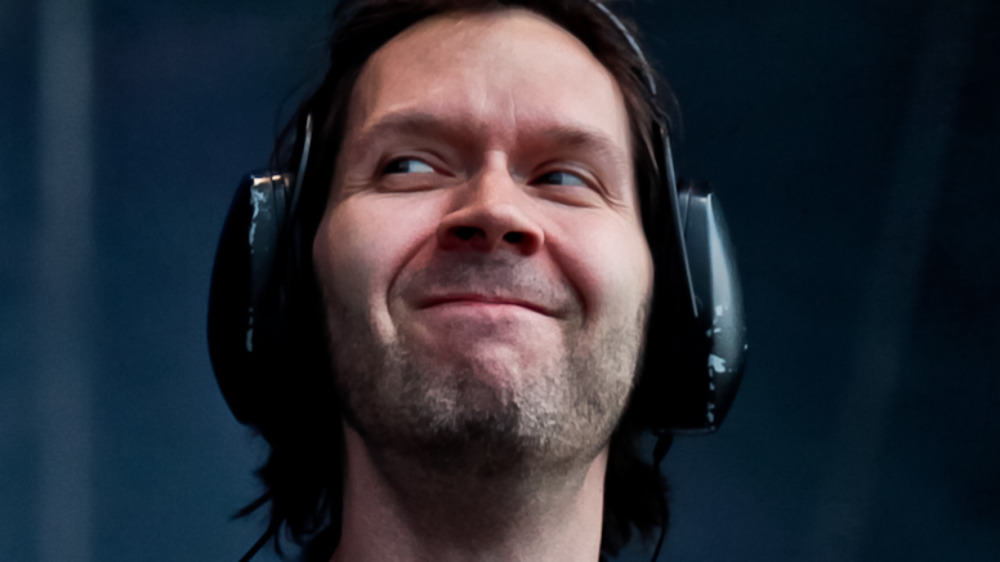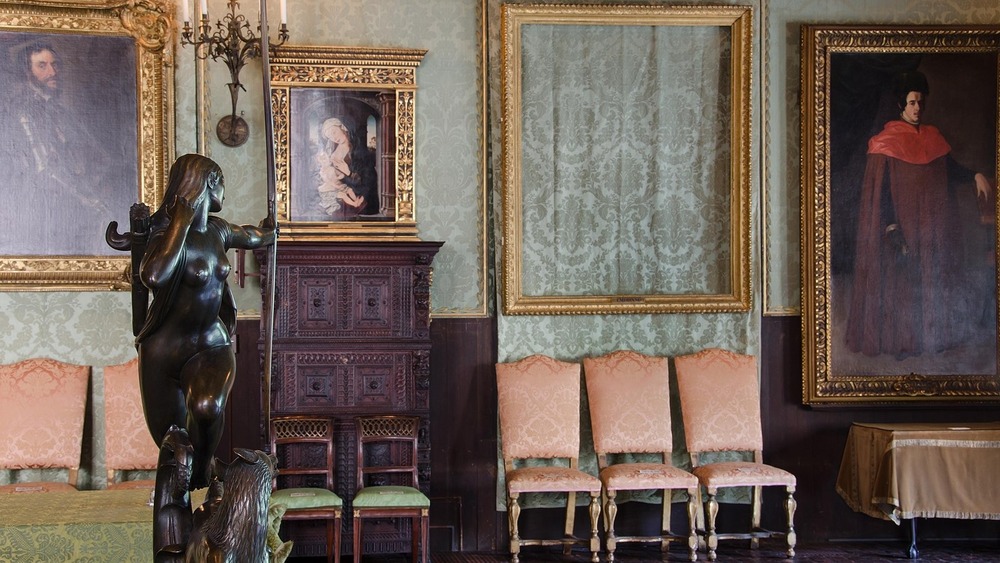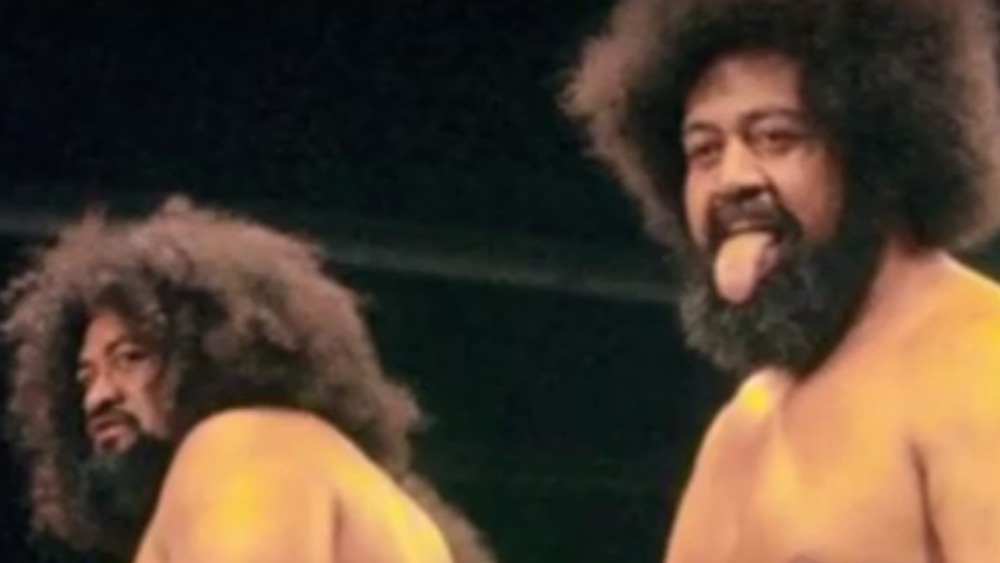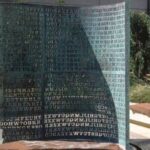
The Mystery Of The CIA Sculpture Explained
While it might be surprising to learn, America’s Central Intelligence Agency (CIA) has always been interested in art. During the 1950s and 1960s, the CIA even helped fund numerous abstract expressionist artists in the United States in an effort to demonstrate America’s cultural superiority through modern art, per Independent.
In the 1980s, the CIA decided to commission some artwork for themselves as well, which is what led to the installation of “Kryptos“ at its headquarters in Langley, Virginia. And they didn’t just get some generic, pleasant sculpture to put on their front lawn. Instead, the CIA opted for what is now considered one of the most famous unsolved codes and ciphers in the world, according to cryptologist Elonka Dunin.
“Kryptos“ is a copper spiral featuring more than 1,000 characters that spell out an encrypted message. Part of the message has been decrypted, but the entire message has not yet been cracked as of April 2021. And although the decryption solution remains solely with the artist for now, it’s unclear when the sculpture’s meaning will ever truly be revealed — and delving into the piece’s history only deepens the intrigue.
What is Kryptos?
In 1988, the CIA commissioned the sculpture for its new headquarters in Langley, Virginia. Installed in 1990, “Kryptos” has fascinated codebreakers ever since it was first revealed, writes Eurogamer.
Created by Washington D.C. artist Jim Sanborn, “Kryptos“ consists of several sections, although the most famous is the wavy copper scroll covered in more than 1,000 characters that represent an encrypted message, writes Elonka Dunin. And the copper scroll isn’t the only piece of the sculpture with secrets. According to The New York Times, there are also additional elements, such as “scraps of Morse code scattered through elements around the piece, as well as a pillar of petrified wood, a swirling pool, slabs of granite and more.”
Sanborn claims that William Webster, who was the director of the CIA at the time the sculpture was installed, “was one of the driving forces in getting more art for the Agency.” The piece’s name is derived from the Greek word for “hidden,” and considering how difficult it is to personally see “Kryptos,” it’s aptly named. When Elonka Dunin tried to visit “Kryptos,” she was met by guards with guns who repeated that people were allowed in on “official business only.” To be fair, this was only a few months after September 11, 2001, but the heightened security remains, says Dunin.
The mysterious ciphertext
1,800 characters spill across the copper scroll and present a four-part encrypted message. Indy 100 writes that the first three passages have been solved, but, currently, the fourth and final passage, consisting of about 97 characters, has yet to be decoded. Sanborn has even revealed occasional clues in an attempt to help people solve the final passage, but even once all of “Kryptos“ has been decoded, the mystery will remain.
According to The New York Times, the encrypted message once decrypted is itself a riddle, so even once “Kryptos“ has been decoded, the question of how the individual passages fit together will remain. The first person to solve three of the four messages was CIA analyst David Stein in 1998, although his success wasn’t publicized. The following year, California computer scientist Jim Gillogly also solved the first three passages, although he did it with a Pentium II microprocessor, while Stein worked only with paper and pencil, per Wired. And according to the University of California at San Diego (UCSD), while the first two sections were solved using a Vigenère cipher, the third section was solved using “route transposition followed by a keyed columnar transposition.” UCSD even features a transcript of “Kryptos.” Can you crack the code?
Who knows the answer?
According to Wired, only two people in addition to Sanborn know the solution to “Kryptos” — CIA cryptographer Ed Scheidt, who assisted Sanborn with the coding techniques, and Webster, the former CIA director. Webster is also alluded to in the second passage in the line “WHO KNOWS THE EXACT LOCATION? ONLY WW.”
However, Sanborn has reportedly said that he wasn’t entirely truthful with either of them. “I mean that’s part of tradecraft, isn’t it? Deception is everywhere … I definitely didn’t give [Webster] the last section, which has never been deciphered.”
Plus, it’s turned out that the encrypted message contains both intentional and unintentional errors, although the corrections haven’t made solving it any easier. According to The New York Times, Sanborn never thought that he’d be fielding potential solutions 30 years later. But as of 2021, he’s well into his 70s, and has decided that if the code isn’t broken during his lifetime, then he’ll put the secret up for auction.
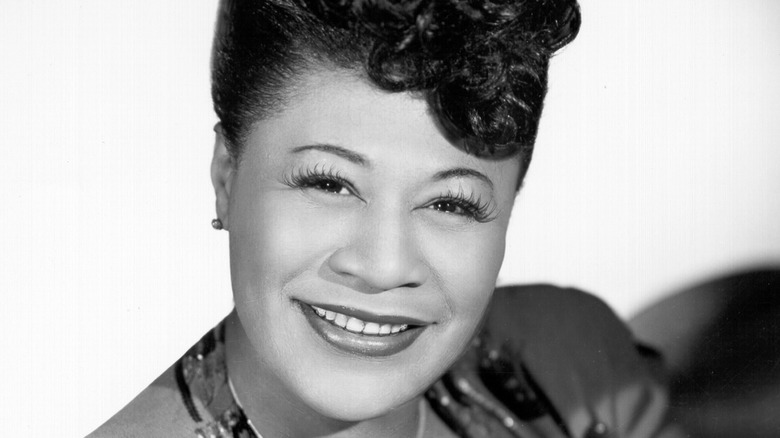
The Truth About Ella Fitzgerald's Rocky Teen Years

Does Anyone Know Where Sitting Bull Is Actually Buried?
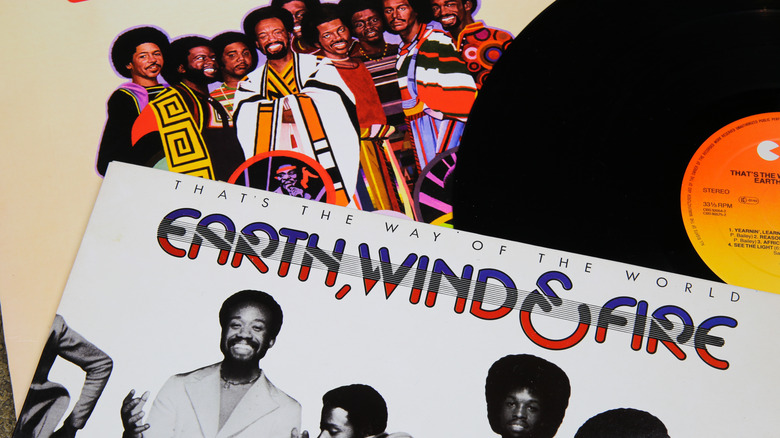
Here's Why Earth, Wind & Fire Sang About The 21st Of September
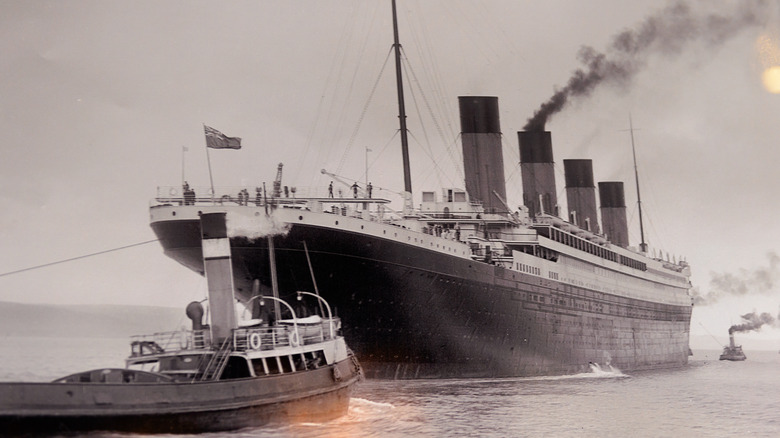
The Titanic's First Class Passengers Were More Likely To Survive. Here's Why
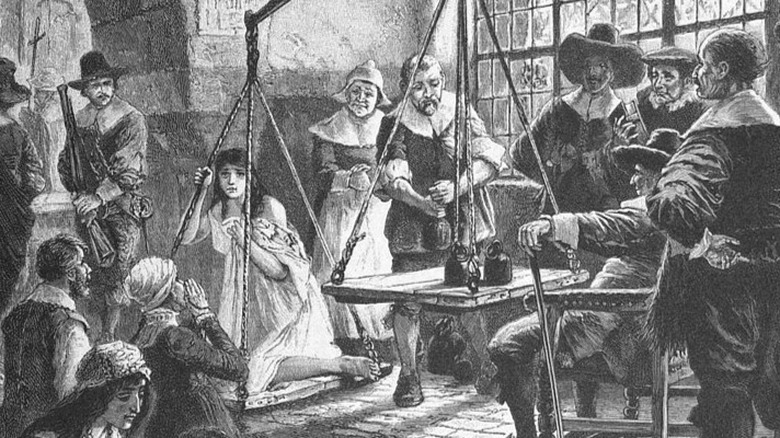
How Much Money Did Witch-Hunters Make?

The Earth's Most Dangerous Mountains To Climb

Elon Musk: What It's Really Like Working For The Tech Billionaire

The True Story Behind The Pentagon Papers
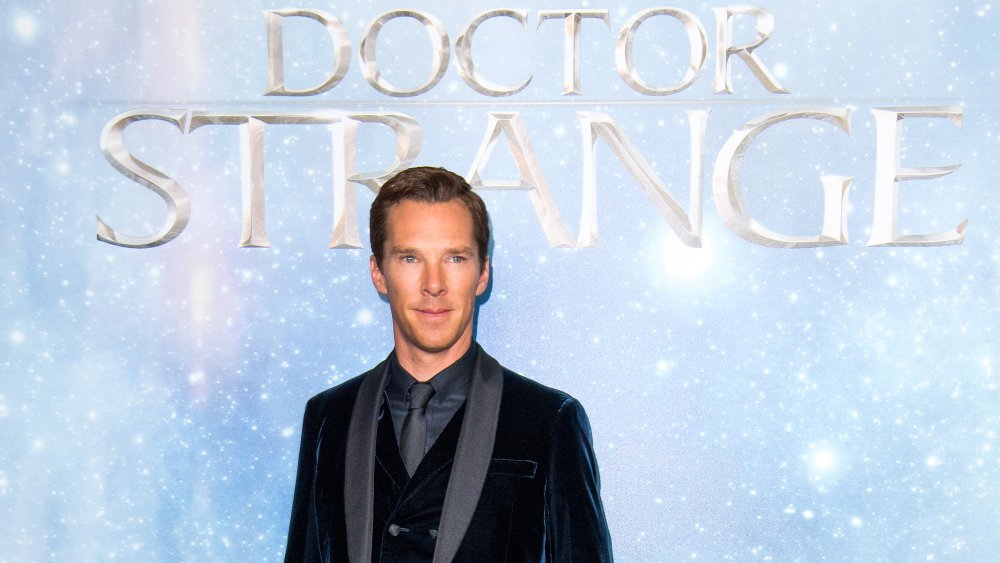
The Odd Origin Of Doctor Strange

The Legend Of Fairies Explained
